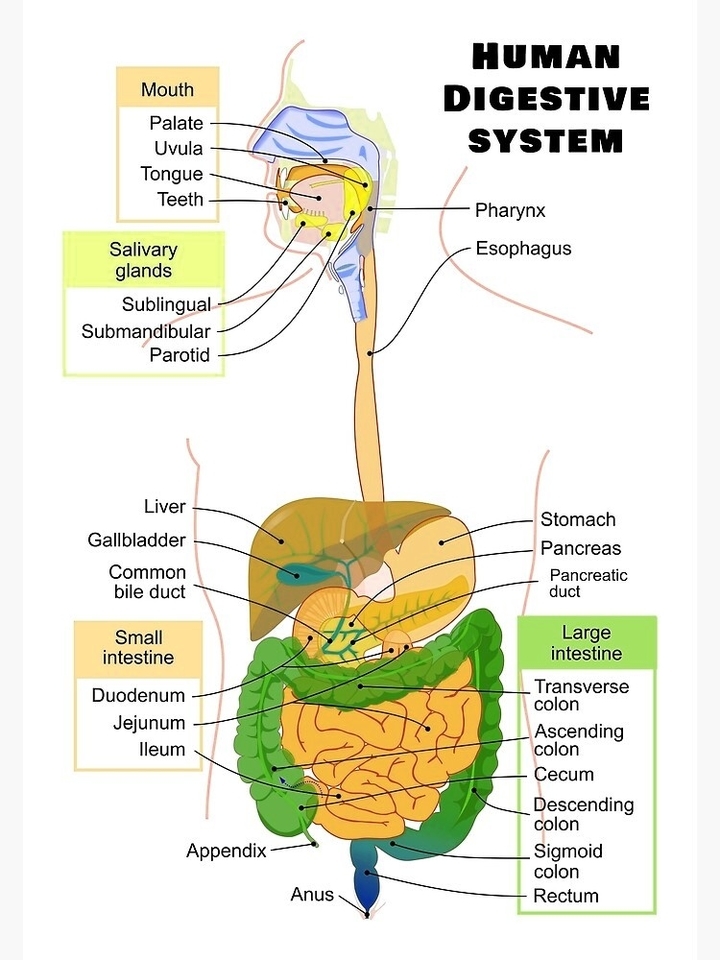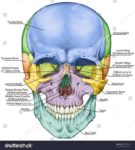The Human Kidney: A Medical Perspective
The human kidney is a vital organ with a complex structure and function. It plays a crucial role in maintaining homeostasis, managing fluid levels, electrolyte balance, and other factors that keep the internal environment of the body consistent and comfortable.
Location and Structure
The kidneys are a pair of bean-shaped organs located below the rib cage, one on each side of the spine. The right kidney is generally slightly lower than the left kidney to make space for the liver. Each kidney is approximately 3 centimeters (cm) thick, 6 cm wide, and 12 cm long.
A tough, fibrous renal capsule surrounds each kidney and provides support for the soft tissue inside. Beyond that, two layers of fat serve as further protection. Inside the kidneys are a number of pyramid-shaped lobes, each consisting of an outer renal cortex and an inner renal medulla.
Function
The main role of the kidneys is maintaining homeostasis. They manage fluid levels, electrolyte balance, and other factors that keep the internal environment of the body consistent and comfortable. These organs carry out a wide range of bodily functions.
Waste Excretion
The kidneys remove various waste products and get rid of them in the urine. Some major compounds that the kidneys remove are urea, which results from the breakdown of proteins, uric acid from the breakdown of nucleic acids, and drugs and their metabolites.
Reabsorption of Nutrients
The kidneys reabsorb nutrients from the blood using tubules and transport them to where they will best support health. They also reabsorb other products to help maintain homeostasis.
Blood Filtration
Each kidney contains more than a million filtering units called nephrons. Each nephron includes a filter, called the glomerulus, and a tubule. The glomerulus filters blood, which enters the kidneys through the renal arteries and leaves through the renal veins. The kidneys are relatively small organs, but they receive 2025% of the hearts output. The tubule returns necessary substances to the blood and removes waste that then becomes



